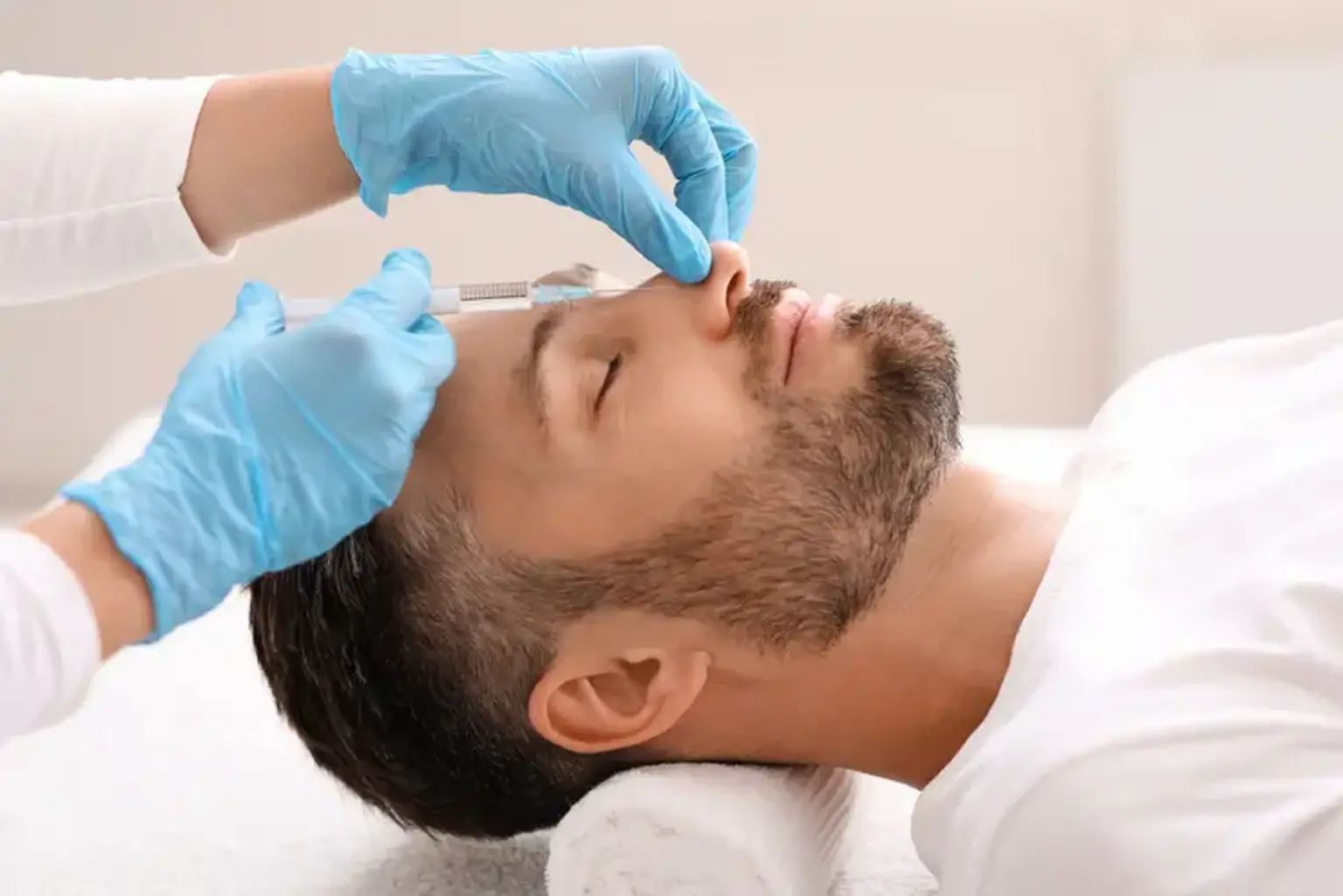Introduction
Rhinoplasty, commonly known as a nose job, is one of the most sought-after cosmetic surgeries worldwide. Whether to enhance the appearance of the nose or correct breathing issues, rhinoplasty offers a unique solution that can transform both your facial aesthetics and overall quality of life. This procedure has gained popularity across all cultures, making it a global phenomenon in the world of plastic surgery. Patients may seek rhinoplasty for reasons ranging from cosmetic concerns to functional needs, with the aim of achieving a more balanced, harmonious appearance or better nasal airflow.
For many, the idea of reshaping the nose may be tied to personal insecurities or a desire to better match their facial features. However, rhinoplasty is also commonly performed to treat medical issues, such as a deviated septum or nasal obstructions, which can impair breathing. Regardless of the reason, rhinoplasty can provide profound emotional and physical benefits when performed by a skilled surgeon.
In this article, we'll explore everything you need to know about rhinoplasty, from the procedure itself to recovery expectations, risks, benefits, costs, and more.
What is Rhinoplasty?
Rhinoplasty is a surgical procedure that alters the shape, size, or proportions of the nose. While often categorized as a purely cosmetic procedure, rhinoplasty can also serve functional purposes, such as improving breathing or fixing structural problems that may arise after an injury. It involves reshaping the bones, cartilage, and skin of the nose to achieve a desired appearance or correct underlying issues.
The procedure is typically divided into two main categories: cosmetic rhinoplasty and functional rhinoplasty.
Cosmetic Rhinoplasty: This type of rhinoplasty focuses on improving the aesthetic appearance of the nose. Patients often request this procedure to alter the size of the nose, change its angle, correct a bump on the bridge, or refine the shape of the nostrils.
Functional Rhinoplasty: This type of rhinoplasty addresses breathing problems caused by nasal blockages or a deviated septum. It often goes hand in hand with cosmetic rhinoplasty, as many people who undergo rhinoplasty for functional reasons also choose to enhance the appearance of their nose.
The procedure can be performed on individuals of any age, but it is typically recommended for patients whose facial features have fully developed. This generally occurs around the age of 16 for females and 18 for males.
